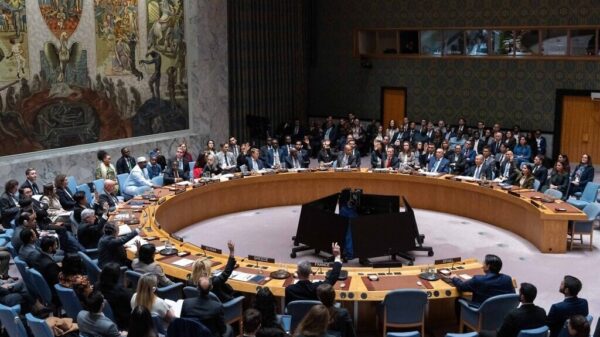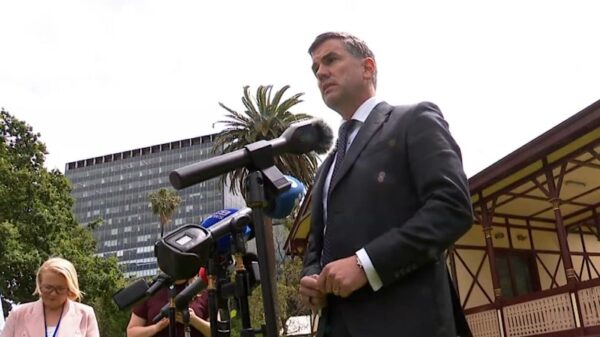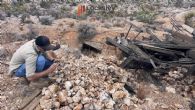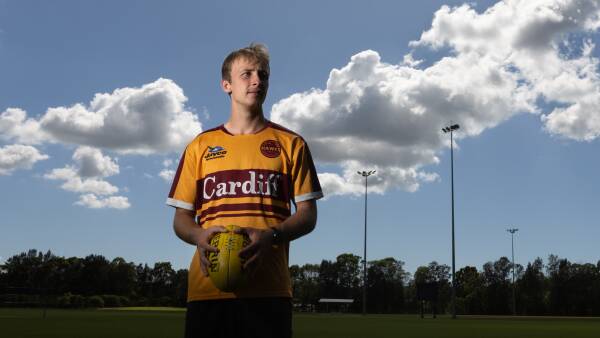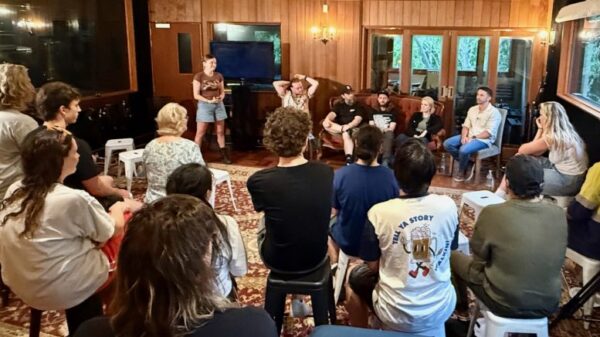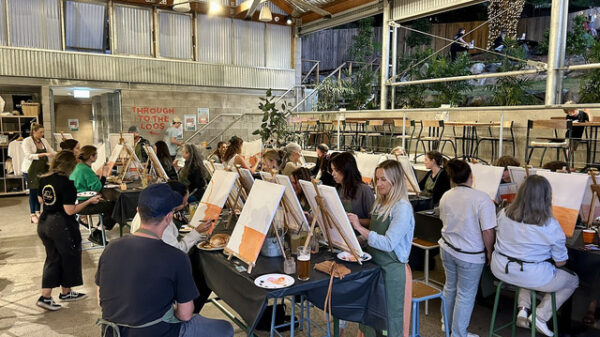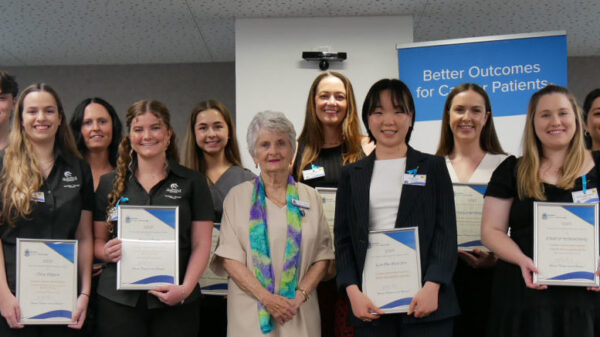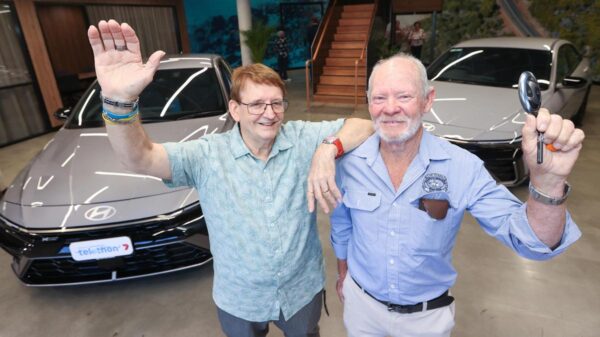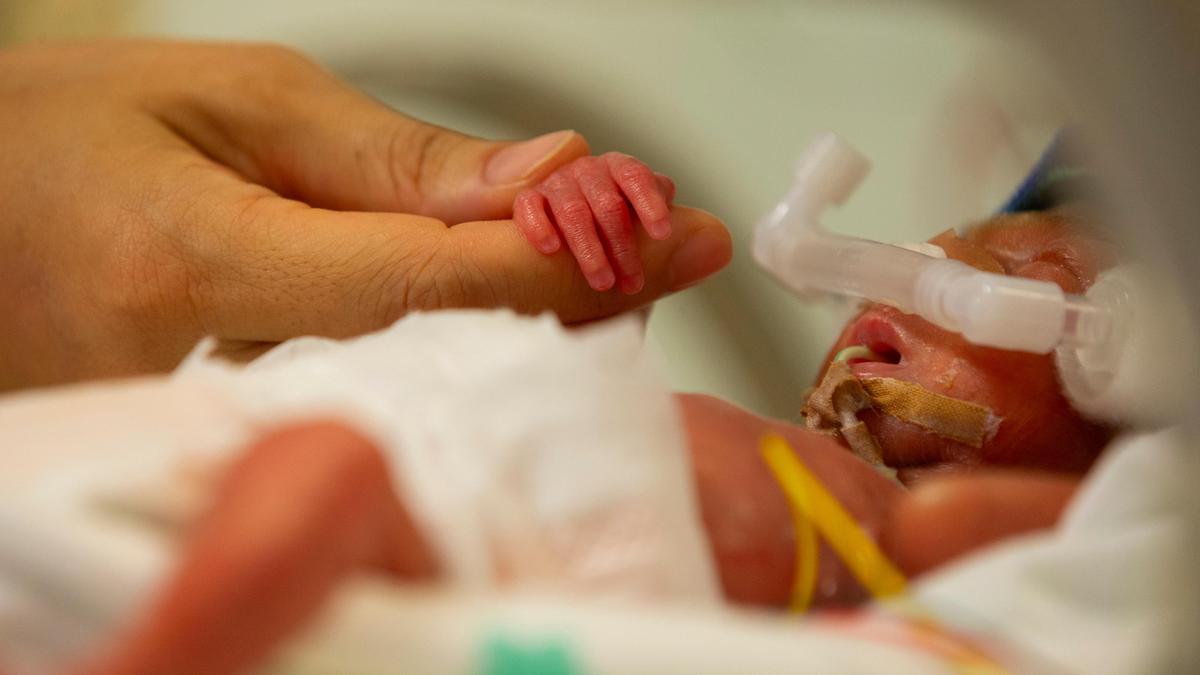Doctors and nurses at King Edward Memorial Hospital (KEMH) have pioneered a groundbreaking study utilizing advanced imaging technology to enhance the care of preterm infants. This innovative approach specifically targets the delicate skin of these vulnerable babies, which is often prone to injuries during their crucial early days in a neonatal intensive care unit (NICU).
Preterm infants typically have skin that is fragile and paper-thin, making them susceptible to tears from routine care procedures. Healthy skin serves as the first line of defense against infections, aiding in temperature regulation and fluid balance. Alarmingly, approximately half of the tiniest patients in KEMH’s NICU develop skin injuries within their first two weeks of life.
Revolutionary Imaging Technology
Consultant neonatologist Dr. Tobias Strunk leads this world-first study employing the DeepLive Optical Coherence Tomography (OCT) scanner. This sophisticated machine offers detailed, three-dimensional images of the superficial layers of the skin without requiring a biopsy. “It’s a fantastic new development,” Dr. Strunk stated. “We obtain images akin to those from a microscope, but non-invasively.”
Traditionally used for skin cancer detection and other dermatological imaging, the application of this technology for neonatal care marks a significant shift in how medical professionals can monitor the skin integrity of preterm babies. Dr. Strunk emphasizes the importance of understanding how skin matures and identifying factors that might lead to injury.
“We know that poor skin integrity is closely related to the risk of acquiring infections that can be life-threatening to babies,” he noted.
The non-invasive nature of the scanner allows for real-time monitoring at the bedside, similar to ultrasound technology. This capability is particularly vital for observing the fragile skin of infants throughout their NICU stays.
Impact on Neonatal Care
Currently, Baby Iris, born just shy of 25 weeks and weighing approximately 823 grams, is one of the neonates benefitting from the DeepLive scanner. Ten days into her NICU stay, her medical team can closely monitor vulnerable areas of her skin using this advanced technology.
Dr. Strunk has already recruited around 20 neonates for the pilot study, with aspirations to increase this number to nearly 100. The outcomes of this research could significantly impact neonatal skincare, aiming to reduce the incidence of skin injuries in the more than 26,000 babies born preterm in Australia each year.
Reducing these injuries can potentially lead to fewer infections, less scarring, and shorter hospital stays, benefiting both infants and their families. “The machine offers such detailed imaging that we hope to identify skin injuries before they become visible to the naked eye,” Dr. Strunk explained. “This tool may be essential in allowing us to act quickly when it matters most.”
The acquisition of the $400,000 DeepLive OCT scanner was made possible through the support of Telethon and Mineral Resources. Andrea Chapman, director of people at Mineral Resources, expressed pride in contributing to this transformative initiative. “The DeepLive OCT machine is an extraordinary example of how technology can give premature babies a stronger, healthier start to life,” she said.
This innovative application of technology at KEMH not only highlights the commitment to improving neonatal care but also sets a precedent for future advancements in medical practices worldwide.





